Planning Pays Off: 5 Strategies to Get the Most Out of Your Delivery Speed Choice
October 29, 2024
5 min read
Introduction
Poor logistics management can cause delays, higher costs, and errors. Automation has thus made logistics a more efficient, error-free, and cost-effective system.
The expansion in logistics automation has been phenomenal—from $39.29 billion in 2018 to over $121.3 billion by 2027. The huge growth in RPA, AI, ML, and data analytics implemented in logistics and supply chains motivates this tremendous increase.
Along with these technologies, as mentioned earlier, various business enterprises are gaining an edge in competition by streamlining processes and meeting consumers’ growing demands.
Here’s how automation can help with logistics optimization, improve inventory management, and speed up product delivery in the ever-competitive eCommerce space.
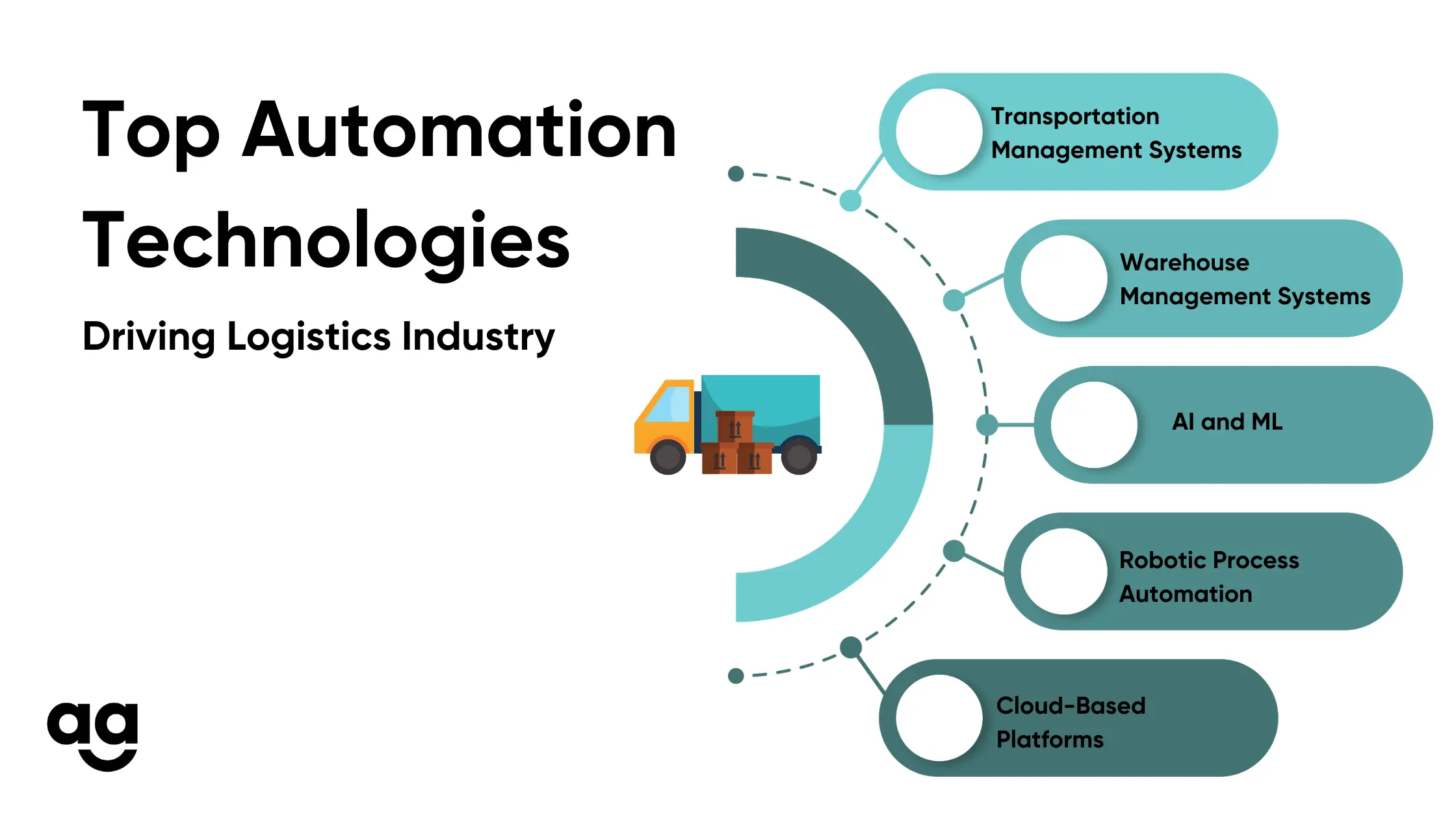
Understanding Automation for Logistics Optimization
Automation involves logistics optimization by using technologies, such as machines and software, to make the logistics and supply chain management processes easier. One of the most important elements of logistics automation is reducing unnecessary work, including data input, bill-making, and record-keeping, so companies focus on core operational functions.
Automation of routine tasks enables logistics firms to achieve much higher accuracy and efficiency with greater reliability.
Such automation tools enable logistics companies to compete and innovate in response to the rapidly shifting demands in the global marketplace.
Top Automation Technologies Driving Logistics Optimization
Almost 31% of companies have fully automated at least one function of their operations. As more companies strive for competitiveness through automation, only a few key technologies are driving the huge change seen in the logistics and supply chain industry.
Robotic Process Automation (RPA)
RPA leverages software robots to execute repetitive, rule-based jobs like data entry and order processing.
Artificial Intelligence (AI) and Machine Learning (ML)
AI and ML algorithms optimize all-important logistics activities, such as how to plan the best route, how to forecast demand, and how to manage warehouses and inventory.
Warehouse Management Systems
WMS is used for automated inventory management, order fulfillment, and shipping. These systems monitor goods in real-time across the warehouse, provide optimization of the flow of inventory, and increase efficiency in general.
Transportation Management Systems (TMS)
TMS software automatically plans freight, selects a carrier, and optimizes routes.
Cloud-Based Platforms
Cloud-based technology offers logistical companies access to infrastructural solutions that are scalable and centralized in dealing with various operations. Cloud-based systems enhance the sharing of real-time data at every point on the supply chain.
Benefits of Logistics Automation in eCommerce
Here are some of the most critical benefits logistics automation brings about for the business:
Cost Savings
Automation leads to logistics optimization by saving on running costs, reducing manual workforces, and minimizing errors. Automated systems like robotic picking and sorting also reduce payroll costs by reducing dependency on the workforce.
Productivity Increases
Logistics automation increases efficiency and streamlines order processing, inventory management, and shipping tasks. Automated systems can process orders much faster than manual labor, which means faster delivery time and higher volumes of orders without compromising speed and accuracy.
Reduced Mistakes
Automation of logistics technologies, such as robotic picking systems and scanning systems using barcodes, ensures accuracy. This helps processes like the right products are picked up and shipped, and chances of returning products due to wrong orders are significantly reduced.
Improved Inventory Handling
The automated inventory management system monitors real-time stock levels across all the warehouses and distribution centers. A business can manage optimum levels of stock, avoid stockouts, and reduce excess stocks.
Conclusion
Global supply chains are becoming increasingly complicated, and customers’ expectations are growing. Here, logistics automation is no longer an option—it is a must. Technologies like AI-controlled advanced forecasting and real-time tracking of IoT devices will become the future of logistics optimization.
Businesses embracing such technologies will position themselves to survive and thrive in a rapidly evolving industry.
Contact Shipyaari to learn more about automation’s impact on logistics optimization. You can also use services like Shipyaari Delta, which offers automated WhatsApp communications for real-time updates.
Try out a free demo today!
Frequently Asked Questions
Several examples of logistics automation include order fulfillment, inventory management, payment processing, and product tracking.
AR enhances the workers’ picking orders with real-time overlying information superimposed on a physical environment. VR provides several immersive simulations for training sessions, where workers can simulate handling highly complex logistics-related scenarios in the virtual space.
Today’s logistics companies prioritize sustainability and ensure that their environmentally damaging effects are at the lowest possible level. In this context, automation does help in optimizing delivery routes, which would help reduce fuel consumption in the logistical transportation sector and waste disposal.
Automation supports logistics optimization by enhancing the shipping request process in many ways. Chatbots and AI assistants provide customers with details of their shipments. Proactive Notifications send real-time updates regarding a customer’s order to keep them on top of the actions taken without them contacting customer service.
Suggested Reads
Hyperlocal Personalization: Tailoring Experiences for Local Customers
Introduction The eCommerce industry in India has witnessed a rapid growth of hyperlocal services in
Continue ReadingDec






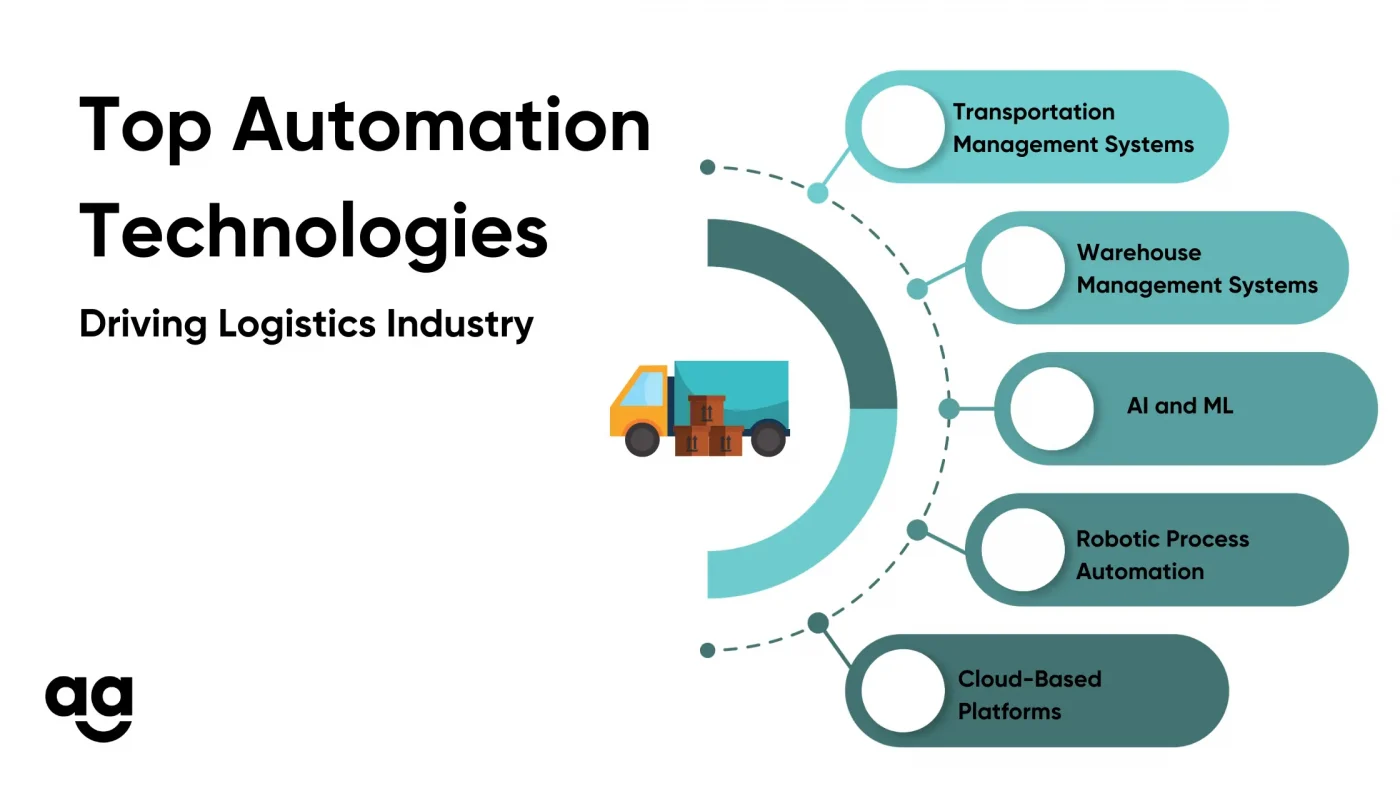



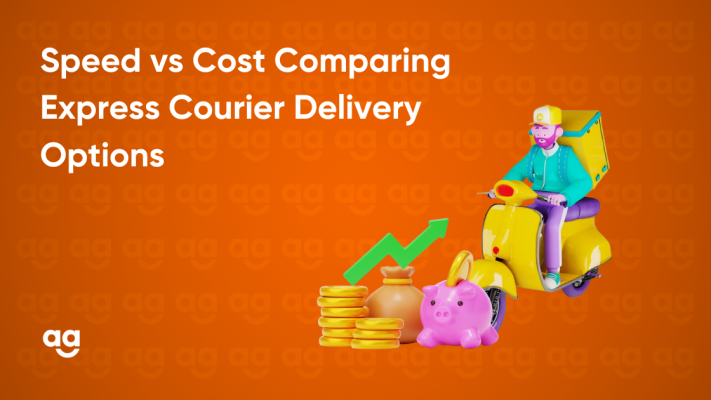


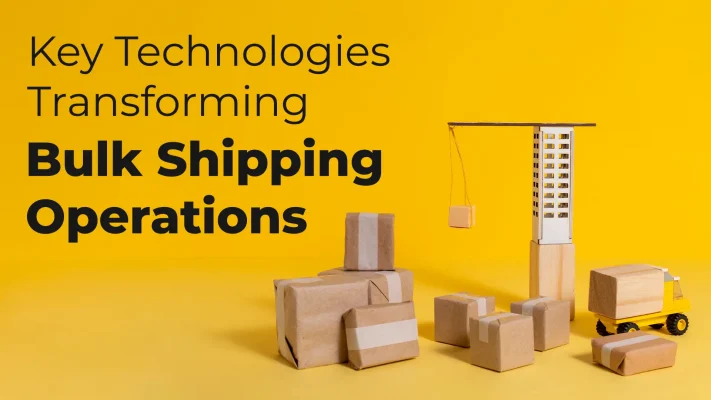
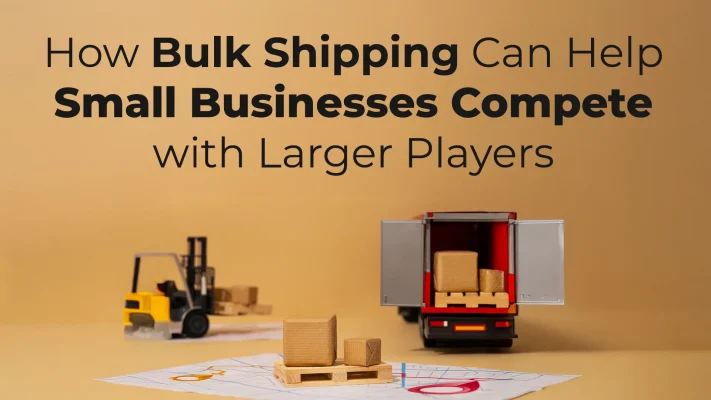

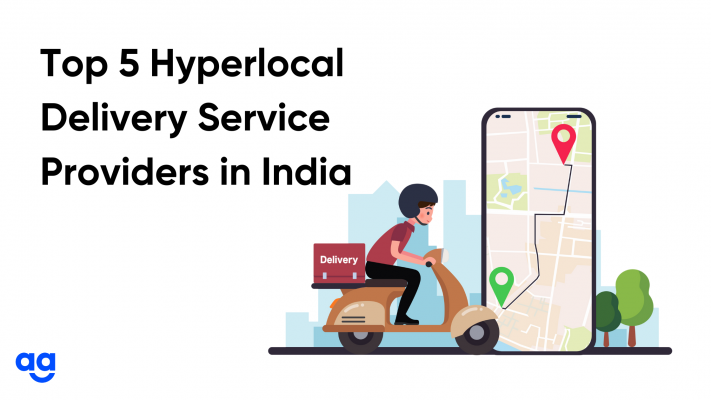
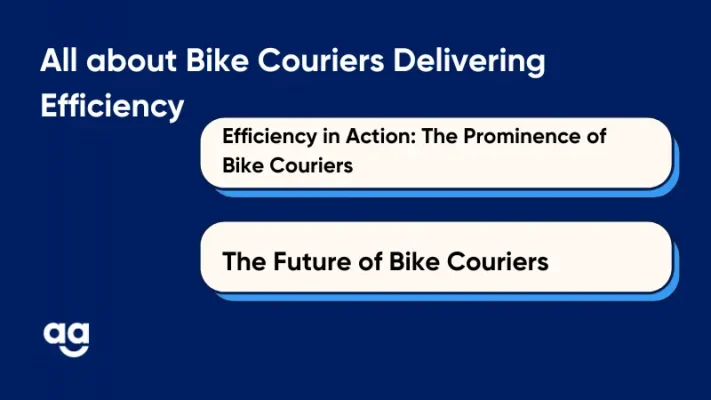
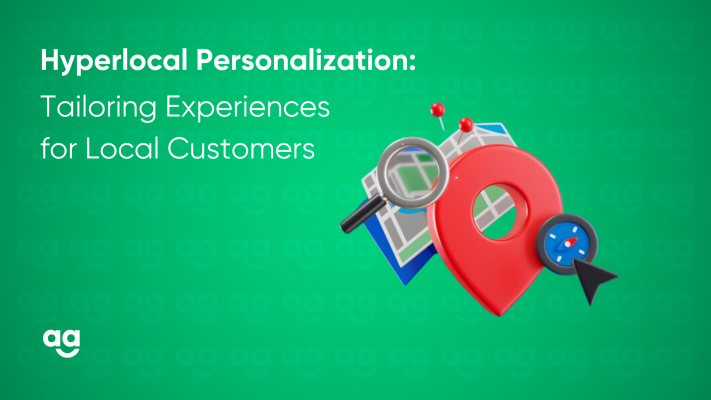
 Shipping
Shipping







